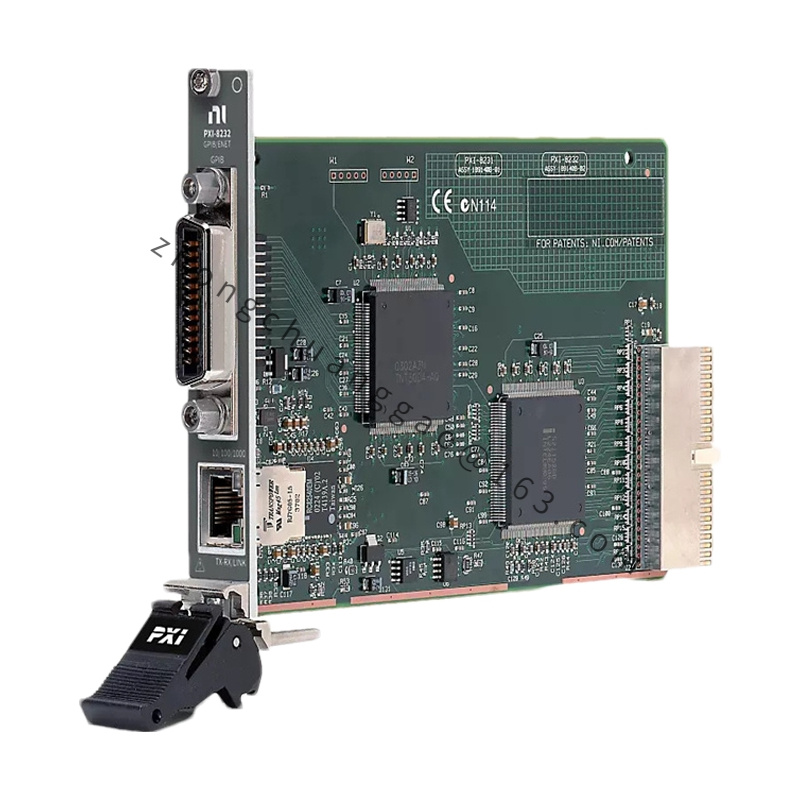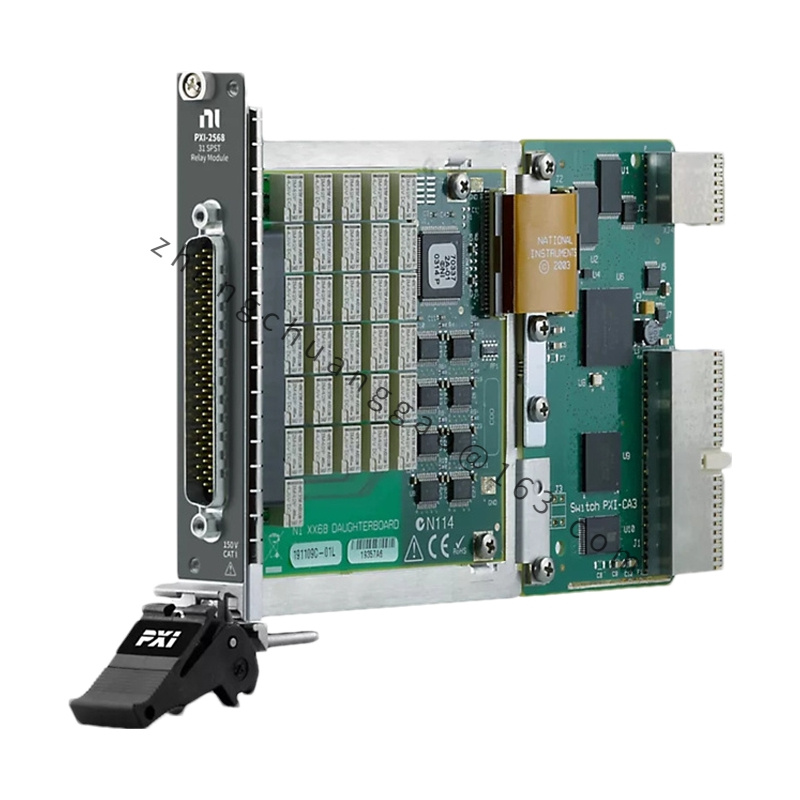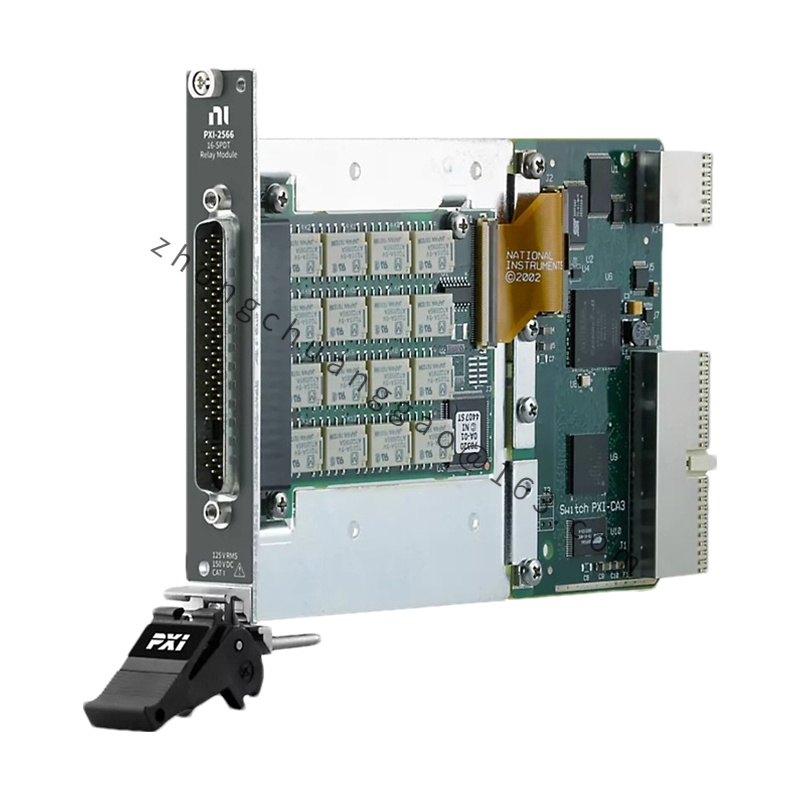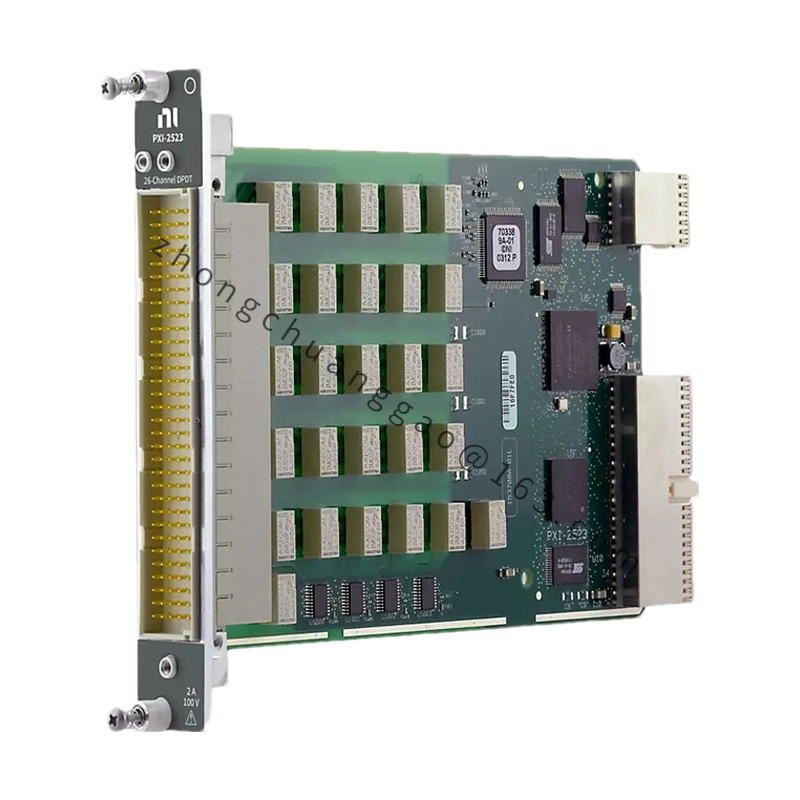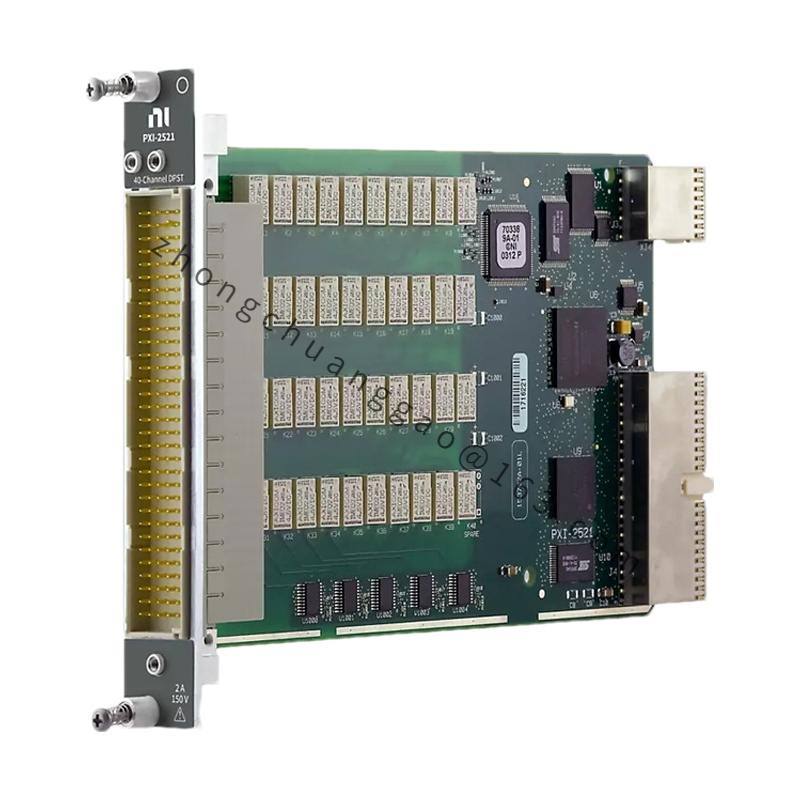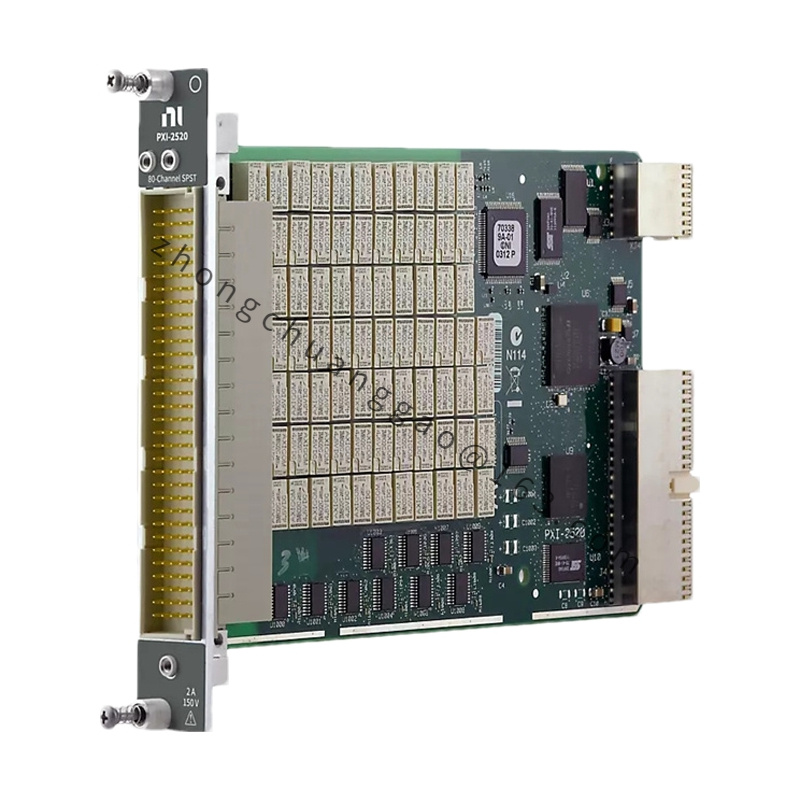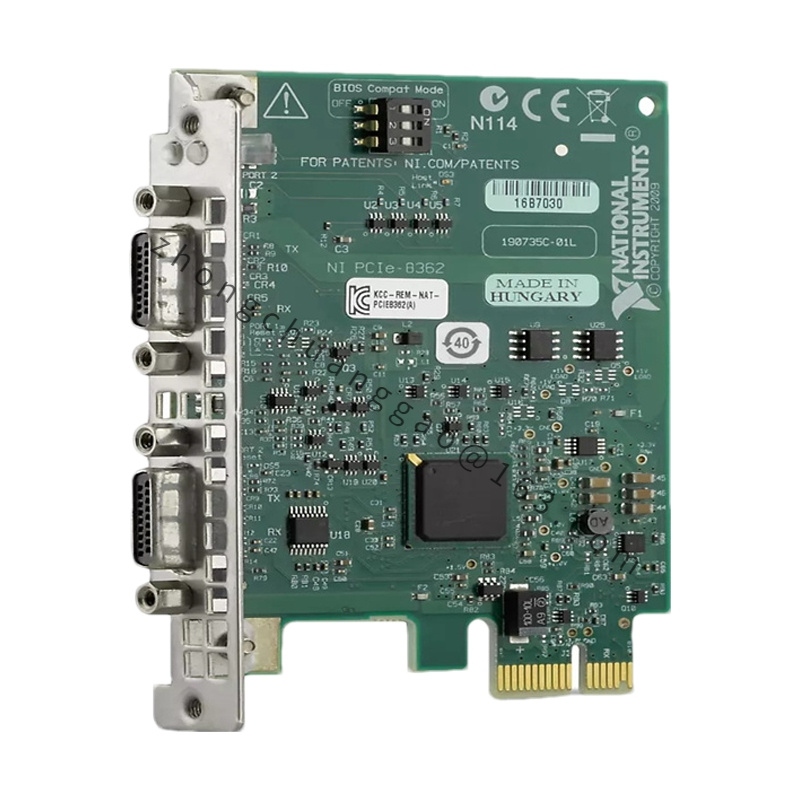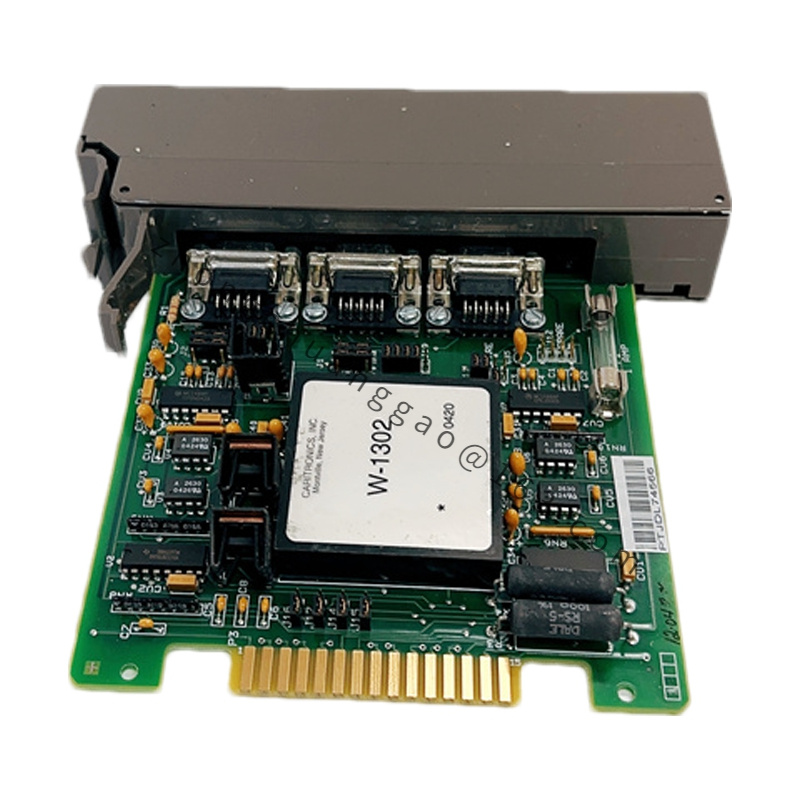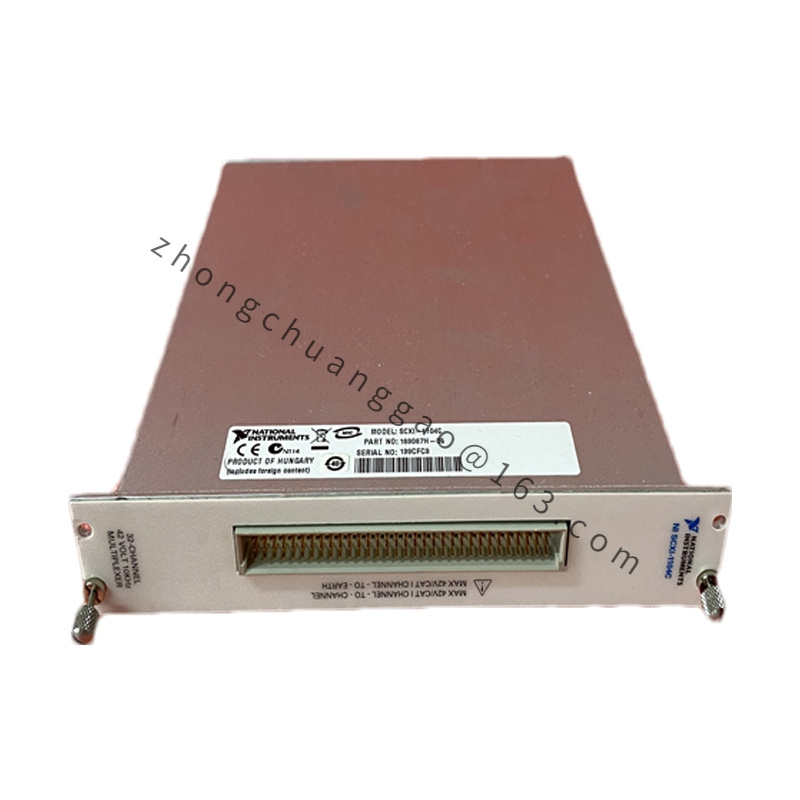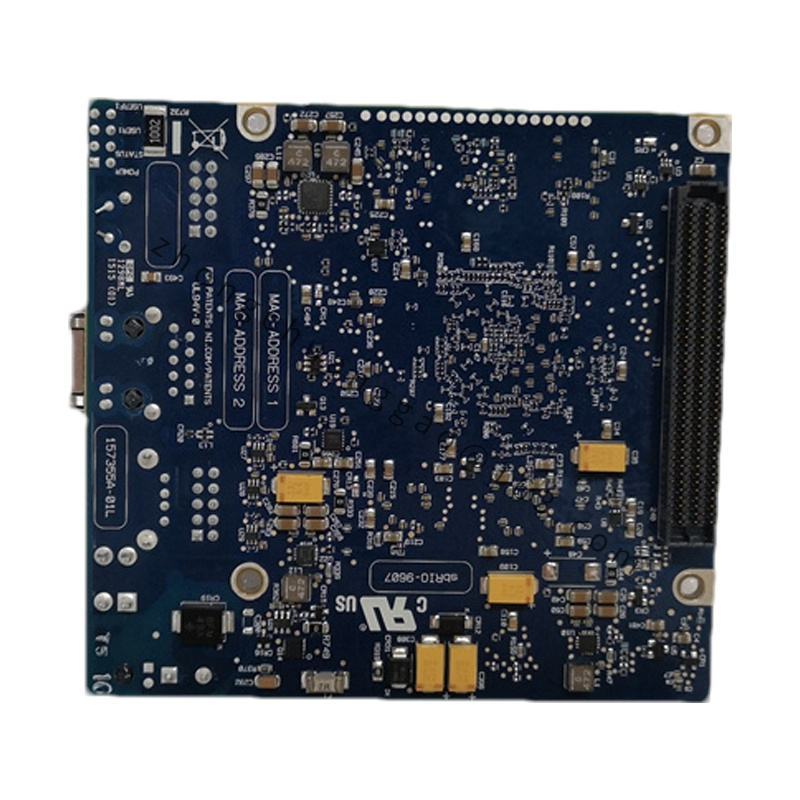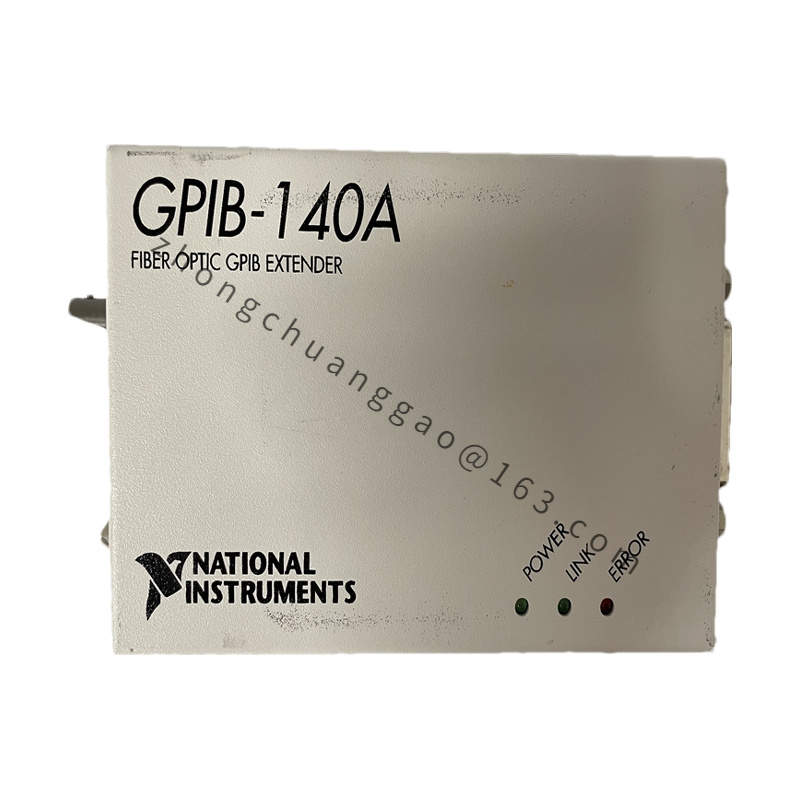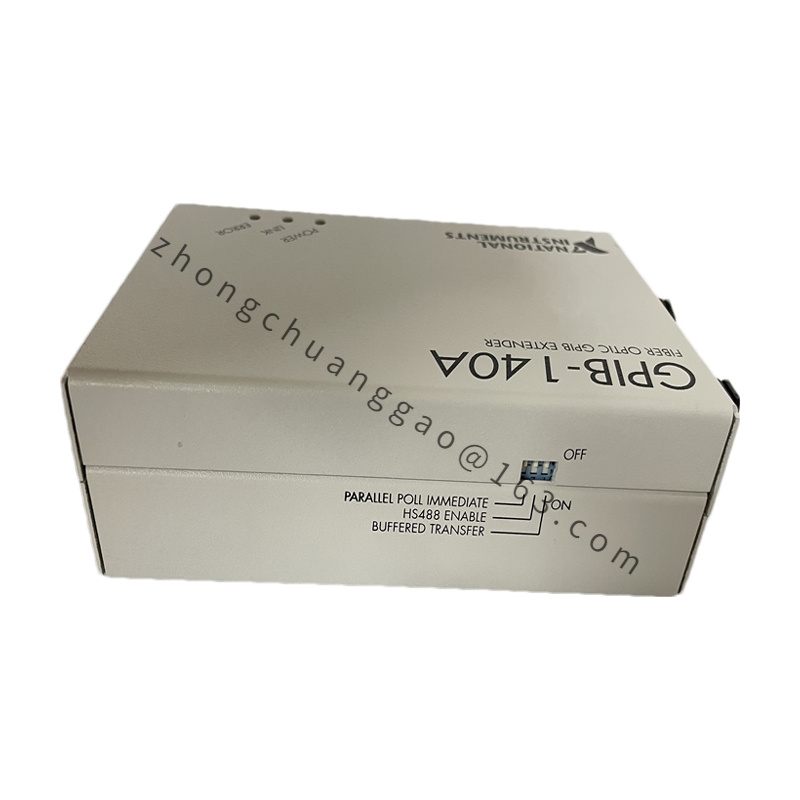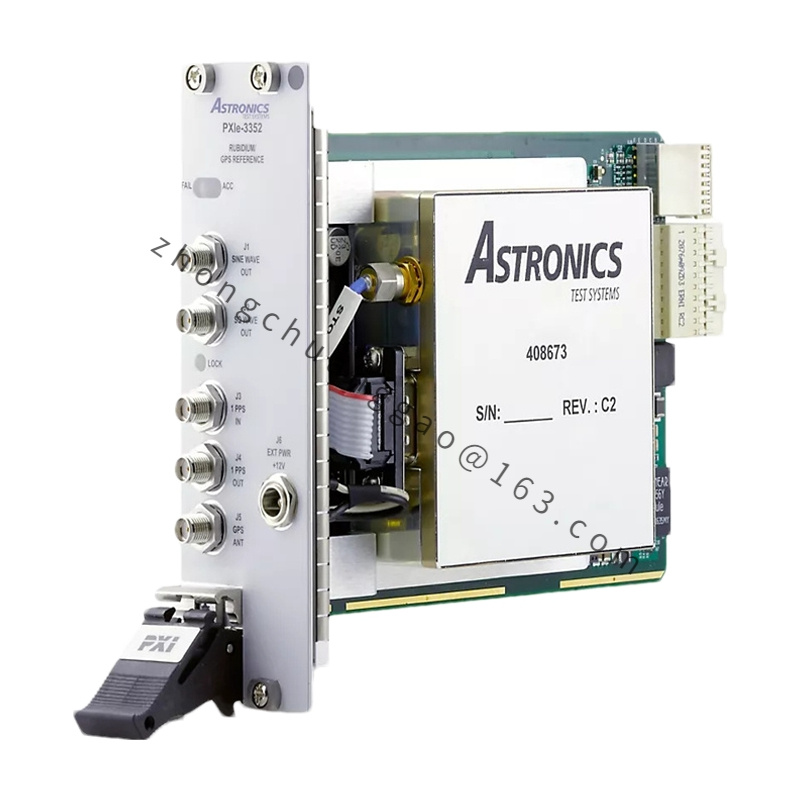Detailed content
Technical Specifications:
- Communication Interface:
- Serial Ports: 2 RS-232/422/485 serial ports
- Port Type: Each port supports RS-232, RS-422, or RS-485 communication standards.
- Data Rates:
- Maximum Baud Rate: Up to 115.2 kbps (kilobits per second)
- Connector:
- Type: Each port has a DB-9 (9-pin D-Sub) connector.
- Operating Temperature:
- Temperature Range: 0°C to 55°C
- Storage Temperature:
- Storage Range: -40°C to 70°C
- Relative Humidity:
- Humidity Range: 10% to 90% non-condensing
- Power Requirements:
- Voltage: Powered by the PXI backplane, no additional external power required.
Functional Features:
- Multi-Protocol Support: Provides compatibility with multiple serial communication standards (RS-232, RS-422, and RS-485), offering flexibility in connecting to various types of serial devices.
- High Data Rates: Supports baud rates up to 115.2 kbps, suitable for high-speed serial communication applications.
- Flexible Serial Communication: Enables both synchronous and asynchronous communication, making it adaptable to a wide range of serial data transfer needs.
- Compact Integration: Designed for PXI systems, integrating seamlessly into PXI-based test and measurement setups.
- Driver and Software Support: Compatible with National Instruments’ software and drivers, such as NI LabVIEW and NI MAX, for configuration and control.
Application Scenarios:
- Automated Test Systems: Ideal for use in automated test environments where serial communication is required for interfacing with and controlling serial devices.
- Data Acquisition: Useful in applications that require the collection of data from serial devices, including sensors and measurement instruments.
- Control Systems: Employed in systems where serial communication is needed to control external devices or systems.
- Communication Testing: Suitable for testing and validating serial communication protocols and devices.
Additional Considerations:
- Driver and Software Integration: Requires National Instruments’ software and drivers for full functionality and integration into test systems.
- Connector and Wiring: Utilizes DB-9 connectors for serial ports. Proper wiring and configuration are essential to ensure accurate communication and compatibility with connected devices.

